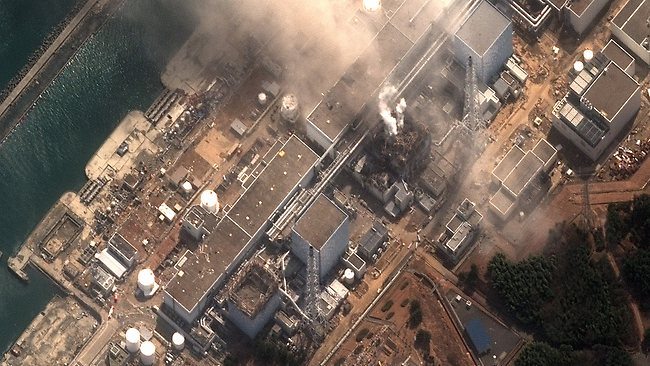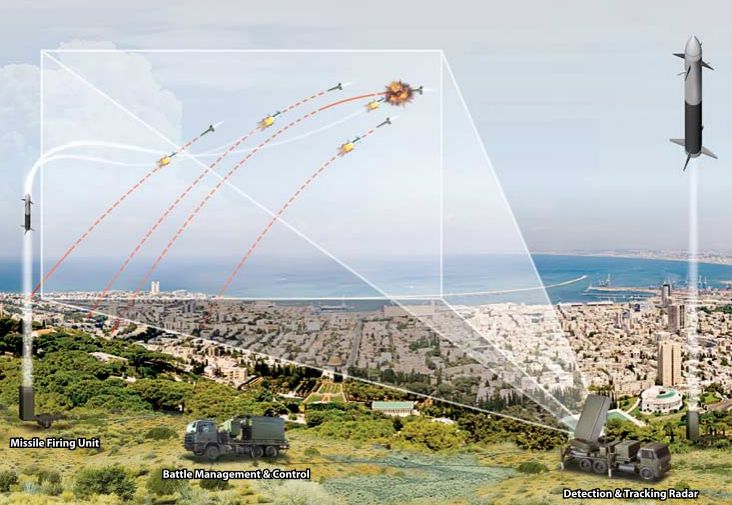Workers at Japan’s crippled nuclear plant Sunday struggled to stop a radioactive water leak into the Pacific, as the government warned the facility may spread contamination for months.
Along the tsunami-ravaged coast, 25,000 Japanese and US military and rescue crew completed a massive three-day search for bodies, more than three weeks after the catastrophe struck.
While cherry blossoms opened in Tokyo, temperatures plunged again, leaving tens of thousands of homeless shivering in evacuation camps along the ravaged northeast coast of Japan’s main Honshu island.
There was no quick end in sight for the world’s worst nuclear emergency since the 1986 Chernobyl disaster, warned a government lawmaker who has advised Prime Minister Naoto Kan on the crisis at the six-reactor plant.
“This is going to be a long battle,” said Goshi Hosono, who highlighted the threat from 4.5 metre (15 foot) long spent fuel rods that remain volatile for months and need to be cooled in pools with circulating water.
“The biggest challenge at this plant is that there are more than 10,000 spent fuel rods,” Hosono said on Fuji TV. “It will take a very long time to reprocess them, and we sincerely apologize for that.
“It is unacceptable that radioactive substances keep being released, causing anxiety among the people. Probably it will take several months before we reach the point” where all radiation leaks stop, he said.
Outside the headquarters of plant operator Tokyo Electric Power Company (TEPCO), about 100 protesters, outnumbered by police, shouted: “No more nuclear plants!” and “TEPCO, government — be responsible!”
“This accident has burdened the socially weak, the farmers and fishermen,” said Mitsue Matsuda, 47, from tsunami-hit Iwate prefecture, who said she had friends living near the Fukushima plant.
“The land will stay contaminated for decades or more.”
The health ministry said tests on mushrooms in Iwaki, in Fukushima prefecture, had found radioactive iodine and caesium above legal limits and local authorities had asked farmers not to ship fungi, Kyodo news agency reported. Other foodstuffs have tested within official limits.
Authorities have stressed there is no immediate public health threat from seafood because fishing within a 20-kilometer (12 mile) radius is banned, arguing that ocean currents will quickly dilute the contaminants.
At the crippled plant, workers, troops and firefighters have pumped water into reactors whose cooling systems were knocked out by the March 11 tsunami, sparking partial meltdowns and chemical explosions.
A second US military barge carrying fresh water for pumping Saturday docked off the plant, where cement boom pumps have been pouring in water, a task that was initially handled by helicopter water drops and then fire engines.
Radiation leaked into the air, soil and ocean, and the emergency water pumping itself has increased the environmental contamination.
The run-off from the plant has measured more than 1,000 millisieverts and is believed to be the source of radioactive iodine-131 readings in ocean waters of more than 4,000 times the legal limit.
TEPCO workers were using a polymer and even newspapers and sawdust to try to close off pipes through which the water has flowed into a cracked concrete pit, from where it has run into the sea. An earlier attempt to seal the crack with cement failed to stop the leak.
“From the afternoon, the workers began pouring polymeric powder, sawdust, newspaper — things we could think of to clog up the holes,” said Hidehiko Nishiyama, a spokesman for the nuclear safety agency.
“So far, there has not been any clear indication that the volume of leaking water has been reduced.”
In a grim discovery, the remains of two TEPCO workers killed in the tsunami have been recovered in the facility, the operator said.
The huge earthquake and resulting tsunami on March 11 killed 12,020 people and left 15,512 missing, according to the latest national police count.
Just over 115 billion yen (more than $1.3 billion) had been donated for disaster victims by Saturday, Kyodo quoted two major Japanese charities as saying.
Some 18,000 Japanese military personnel and 7,000 US forces, as well as police, firefighters and coastguard rescue and dive teams, carried out a three-day search for victims along the disaster-ravaged coast.
But the massive operation, which ended Sunday, suggested that many of the missing will never be found. Japan’s military said only 306 bodies were newly recovered in coastal and inland areas.











